Ontario researchers develop new water plasmolysis method for production of hydrogen
Green Car Congress
JANUARY 1, 2020
Researchers at the University of Ontario Institute of Technology are developing a new method to dissociate water vapor into hydrogen gas by microwave-generated plasma (plasmolysis). Hydrogen production has become the center of attention for carbon-free solution, and more attention has been given to clean methods of hydrogen production.

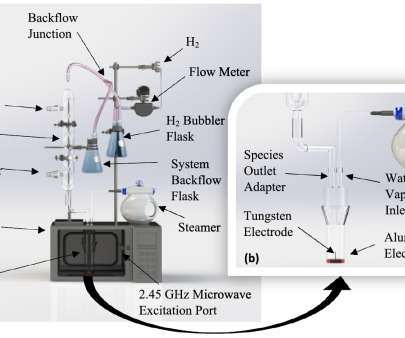
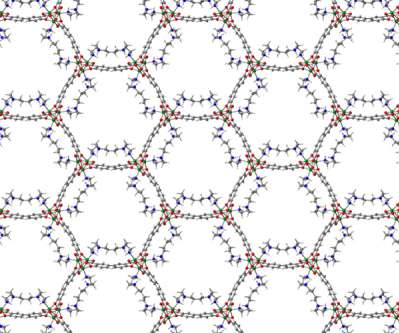


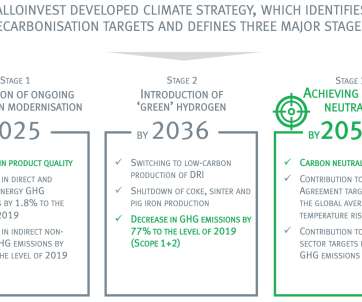












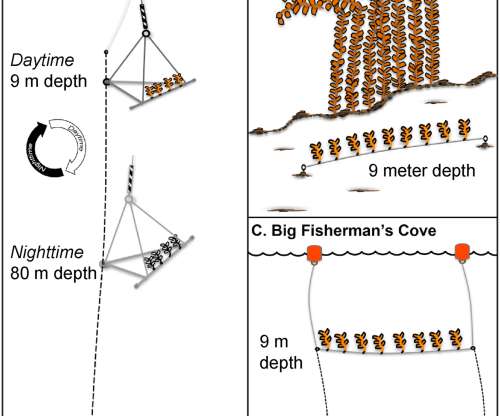
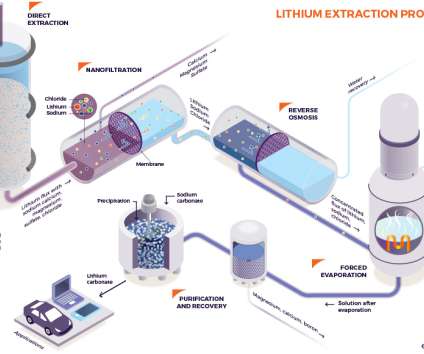























Let's personalize your content